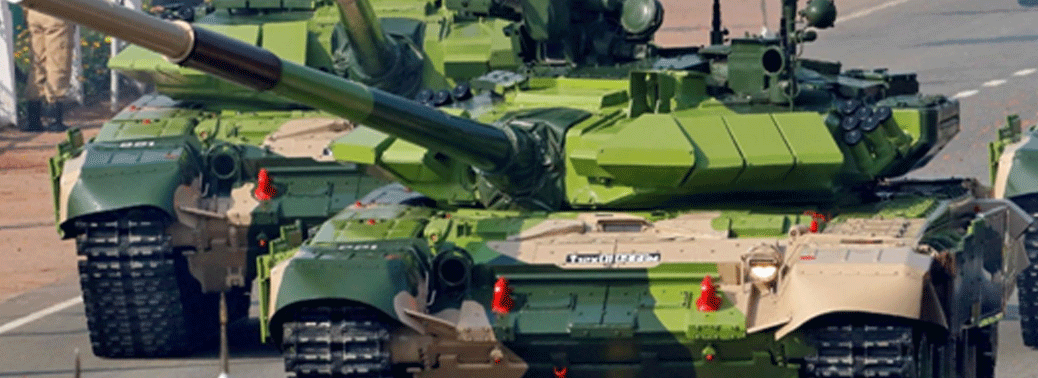THE MISSING PIECE IN INDIA’S DEFENCE JIGSAW PUZZLE
21, Feb 2020

Prelims level : Governance - Policies
Mains level : GS-III Indian Economy and Issues Relating to planning, mobilization of Resources, Growth, Development and Employment.
- Despite being the 4thlargest spender on defence in the world, India does not have a defence white paper laying out a realistic framework for strategic requirement in the changing geopolitical scenario.
Current Scenario: How is India Planning?
- Currently India’s defence planning is lopsided towards the 2-front threats from Pakistan and China and hence lacks a strategic vision.
- Notwithstanding, the 2-front threat, India’s defence plans should clearly lay out requirements based on
- Shifting centre of gravity of geopolitics
- Changing technology (cyber warfare)
- Emerging strategies like proxy wars etc.
Shortcomings in the Current Planning System:
1. Overemphasis on 2-front Threat:
- A look at the current acquisitions show that maximum focus has been laid on 2-front threat.
- For instance, the recent deals for acquiring Rafale fighter jets, 200 Kamov Ka-226 light utility helicopters from Russia, S-400 Triumf Air Defence System, Poseidon-8I Maritime Reconnaissance Aircraft, Apache Attack Helicopters, Romeo Multi Mission Helicopters for the Navy etc reflect this overemphasis on Pakistan and China.
2. Lack clarity
- A look at the plans of the armed forces indicates that the operational requirements are laid out towards generic objective and lack clarity.
What is needed?
3. Modernisation
- As a thumb rule any modern Armed Forces should have 1/3 rd of its equipment in the vintage category, 1/3 rd in the current category and 1/3 rd in the state of the art category.
- Indian Army currently has only 8% state-of-the-art.
- Thus India should plan for technologies of the future including artificial intelligence, robotics, bio-technology, modern weapons like hypersonic technology which are said to be fulcrum of arms race in 21st
4. Clear objectives in line with changing geopolitics:
- It is well known that the geopolitical centre of gravity has shifted from Atlantic in the 20thcentury to Indo-Pacific in the 21st.
- India has also articulated for free and open indo-pacific in its construct of Indo-Pacific Policy.
- While China’s growing assertiveness in Indo-Pacific is a reality, it is not necessarily confrontational in nature.
5. Due Consideration to the Neighbourhood
- Given that China is a formidable opponent in the neighbor-hood and projects such as BRI involve the sensitive sovereignty issues, India should clearly assess the nature of BRI (whether economic or military) and plan accordingly instead of a conflict-prone approach.
- India’s defence white paper should keep into account that Chinese spheres of influence in South Asia, South East Asia and West Asia.
- Our defence white paper should clearly differentiate between areas where India and China can peacefully co-exist and conflict zones.
Conclusion:
- India should prepare a defence white paper that would be more judicious in planning its resources by clearly laying out more definitive approach keeping in view the above challenges.






